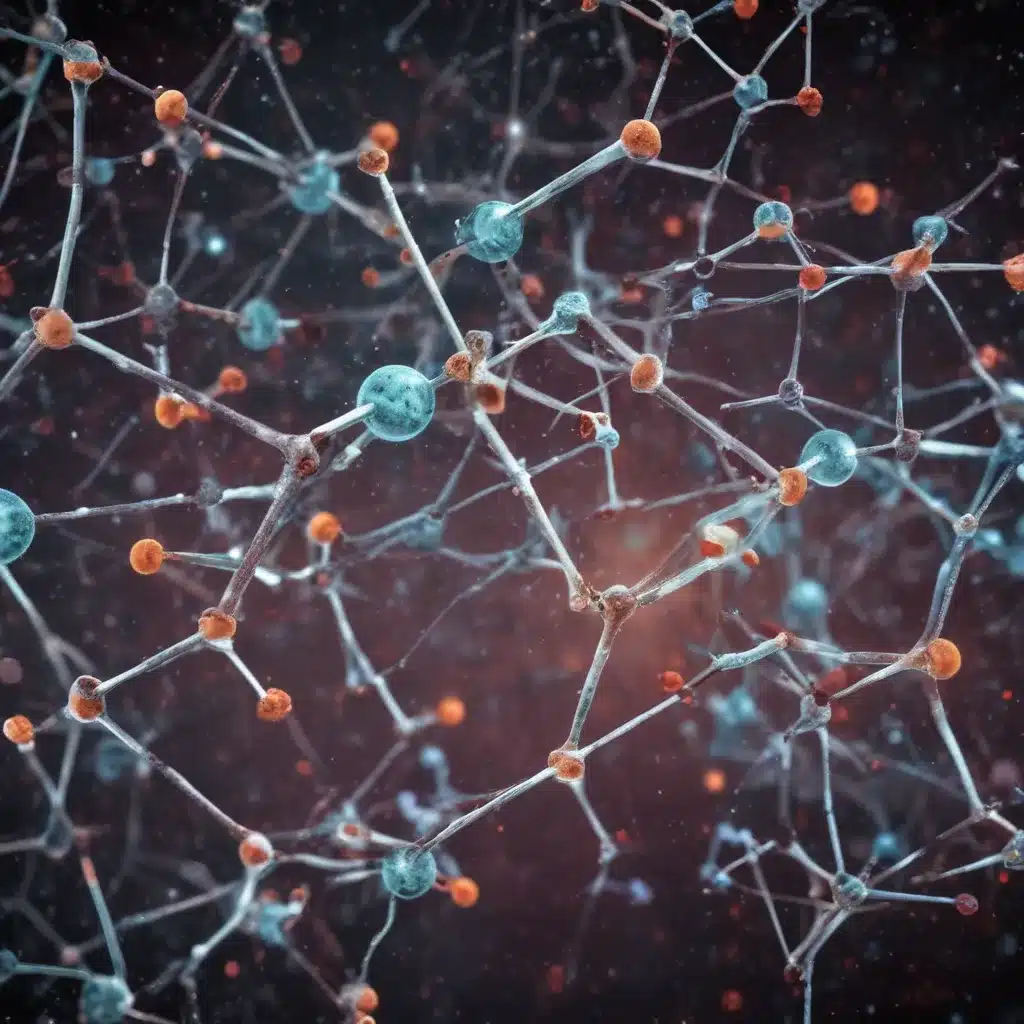
Understanding Reactivity: Causes and Solutions
If you’ve ever encountered a dog who seems to bark or lunge at every passerby, you’ve likely witnessed reactive behavior. Reactivity in dogs can be a challenging and often misunderstood issue, but with the right approach, it can be managed and even overcome. In this in-depth article, we’ll dive into the causes of reactivity and explore effective solutions to help your furry friend feel calm, confident, and in control.
The Roots of Reactivity
At the heart of reactivity lies a complex interplay of genetics, experiences, and environmental factors. Some dogs are simply born with a more sensitive or excitable temperament, making them prone to overreacting to various stimuli. This can be exacerbated by negative experiences, such as being frightened or overwhelmed by certain situations, which can lead to a generalized fear or anxiety response.
Research shows that traumatic experiences, especially during critical developmental periods, can have a profound impact on a dog’s emotional and neurological wiring. These experiences can shape a dog’s perception of the world, causing them to perceive harmless situations as threats and triggering a heightened state of arousal.
Additionally, a lack of proper socialization and exposure to diverse experiences can leave dogs ill-equipped to handle novel or unpredictable situations. Imagine a dog who’s only ever known the comfort of their own home suddenly being thrust into a bustling city street – the sights, sounds, and smells can be overwhelming, leading to reactive outbursts.
The Neurobiology of Reactivity
But it’s not just the psychological factors at play; reactivity also has a physiological component. When a dog perceives a threat, their sympathetic nervous system kicks into high gear. This triggers the release of stress hormones like adrenaline and cortisol, preparing the body for a fight-or-flight response.
In a reactive dog, this system is often on high alert, leading to a lower threshold for triggering the stress response. Even seemingly innocuous stimuli can cause the dog to feel threatened, leading to a barrage of barking, lunging, or other defensive behaviors.
Over time, this constant state of hyperarousal can take a toll on the dog’s physical and mental well-being. Chronic stress can lead to a range of health issues, from digestive problems to immune system dysfunction. It can also contribute to the development of other behavioral concerns, such as anxiety or aggression.
Recognizing the Signs of Reactivity
So, how can you tell if your dog is struggling with reactivity? Common signs include:
- Excessive barking, growling, or lunging at specific triggers (e.g., people, other dogs, loud noises)
- Fearful or avoidant behaviors, such as hiding, trembling, or attempting to flee
- Heightened arousal and inability to calm down, even in non-trigger situations
- Difficulty focusing on or responding to commands when a trigger is present
It’s important to note that reactivity exists on a spectrum, and not all reactive behaviors are the same. Some dogs may be reactive in specific situations, while others may have a more generalized response. Understanding the nuances of your dog’s reactivity is the first step in developing an effective management and training plan.
Addressing the Underlying Causes
To effectively address reactivity, it’s essential to understand and address the underlying causes. This may involve working with a certified professional, such as a veterinary behaviorist or a certified dog trainer with experience in behavior modification.
These experts can help you create a customized plan to build your dog’s confidence, teach them coping strategies, and gradually expose them to their triggers in a controlled and positive way. This may include techniques like desensitization, counter-conditioning, and the use of calming supplements or medications, if necessary.
It’s also crucial to provide your dog with a stable, predictable environment and ample opportunities for positive socialization and enrichment. This can help to reduce stress and build their resilience, making them less likely to react to perceived threats.
Empowering Your Reactive Dog
With patience, consistency, and the right approach, many reactive dogs can learn to manage their emotions and become confident, well-adjusted companions. By addressing the underlying causes and equipping your dog with the tools they need to feel safe and secure, you can help them navigate the world with a sense of calm and control.
Remember, reactivity is a common issue, and you’re not alone in this journey. With the right support and strategies, you can help your furry friend overcome their challenges and enjoy a fulfilling, enriched life. So, let’s dive in and explore the solutions that can make all the difference for your beloved canine companion.

